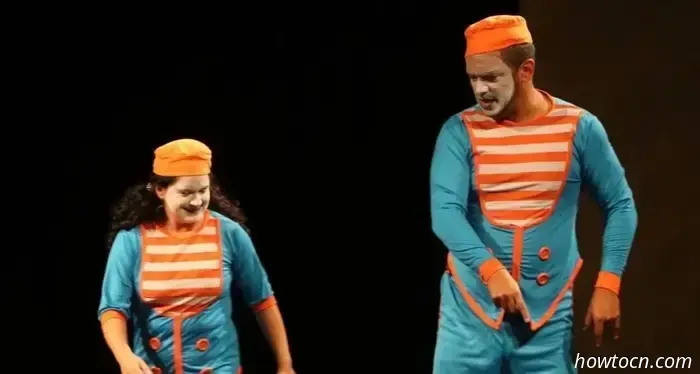
Searching for an apartment is challenging enough in any situation. Now picture having to do it in a foreign language.
.jpg)
In the coming days, there's a week dedicated to the Negroni, the opening of an exhibition, shadow puppetry performances, and a variety of 10-minute plays.

The hybrid project highlights innovative teamwork at Self Coffee x Golden Weasel.
It's incredible how much a few hours of sleep, a shower, and a substantial breakfast can lift a person's spirits. I'm feeling positive and full of affection. I'm currently at the airport, at my gate, and I have a fresh sense of confidence.
A lengthy and demanding flight itinerary.

Immerse yourself in nostalgia with this unique event.
.jpg)
Still looking for weekend plans? Here’s a little inspiration for you!

All the essential information you need to prepare for the festival!

This Saturday, Costa Rica’s Teatro Palíndromos will present the play at Celestial.

A large national chain is under scrutiny regarding its central kitchen operations.

Enhance your River BBQ Fest experience with these must-have items!

Last night, by the time I returned from the park and began packing, it was already late. Unfortunately, I found that my duffel-style suitcase had ripped while I was packing. It was only the side pockets at the end that were damaged, not the main compartment, but I realized I needed a new bag. If I had been aware earlier, I could have purchased one at the mall. Instead, I did my best to sew up what I could and knew I would have to figure something out today. First, my colleague who was with me suggested taping it up. That was a good idea. He retrieved some clear packing tape from the front desk, and we wrapped it around the damaged areas to secure everything. Then, we thought we would check if the train station had any bags available. Since it was 7 am, nothing else was open anyway. I've always found it amusing to see luggage stores in airports—if I'm here, it's because I have luggage. But perhaps many travelers face broken luggage en route, creating a demand for replacements. Unfortunately, the train station had no shops that sold anything other than food. While my colleague was searching for something, a little girl in a charming shiny Frozen dress approached me to say hello (in Chinese). I responded in kind. She became very excited, which prompted her family to engage with me. Regrettably, my knowledge of Chinese is limited to four words: hello, thank you, no, and water. That left me at a loss for communication. I did manage to use a translation app to tell her parents that I liked her dress, and they conveyed that she was 6. Beyond that, the little girl seemed a bit disappointed by our inability to communicate further. Fortunately, my colleague returned and came to the rescue. We exchanged a few words, and I asked her if she would like to take a picture together. She was thrilled at the idea.

Today marks the last day of the conference, and the organizers have organized a tour for all attendees. It promises to be enjoyable overall, but it also serves as a chance for team bonding, and I'm certain it will provide the sales team an informal opportunity to engage in discussions with the distributors.

Tuesday It feels like we just returned from Estonia, and now I'm heading to China. This trip is for work, so I'm traveling without the children. It's quite a change not having to pack an entire bag just for snacks. I still notice all the child-friendly features (like the low sink at the Bangkok airport that kids can reach), but I don't actually need to use them.
Welcome to our blog dedicated to China—a captivating nation where centuries-old traditions coexist with cutting-edge innovation. Here, you’ll discover immersive articles on Chinese culture, cuisine, iconic landmarks, and everyday life in both sprawling metropolises and peaceful rural regions. Whether you’re a seasoned globetrotter or simply curious about this remarkable country, we aim to provide fresh insights and practical guidance.
Our blog covers a wide range of topics, from travel tips—such as navigating the visa process and planning your itinerary—to exploring must-see destinations like the Great Wall, the Terracotta Army, and dynamic cities like Beijing and Shanghai. Food enthusiasts will enjoy our deep dive into Chinese gastronomy, sampling everything from savory street snacks to timeless classics like Peking duck.
We also shine a spotlight on modern China, examining its fast-paced technological advancements, burgeoning e-commerce, and forward-thinking architecture. Through firsthand experiences and expert commentary, we hope to bring you closer to the real China—its festivals, customs, and vibrant energy. Join us on this journey, and uncover the fascinating layers of history, innovation, and cultural diversity that make China truly unforgettable!